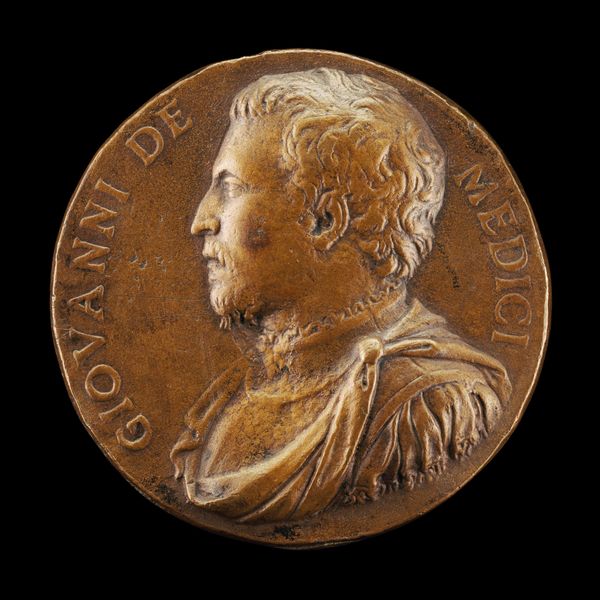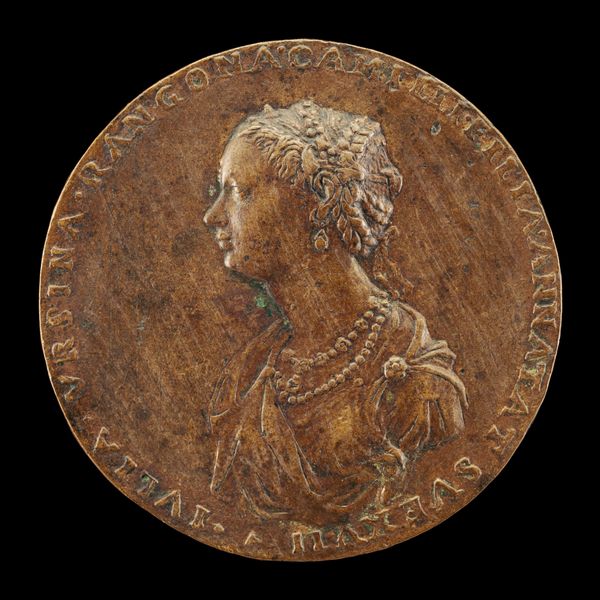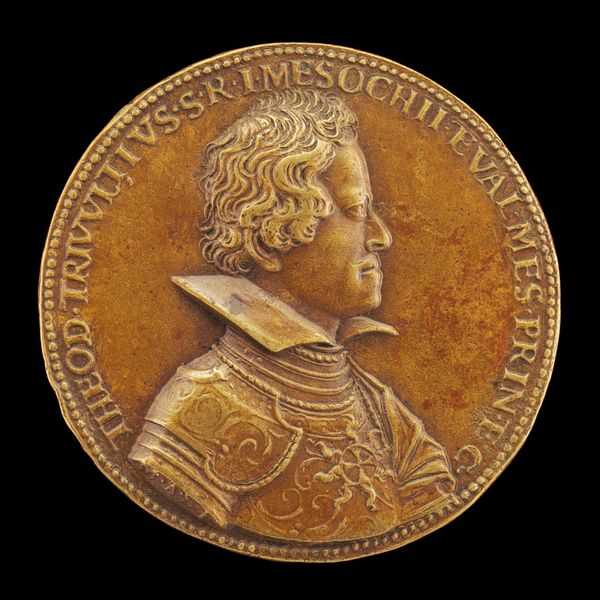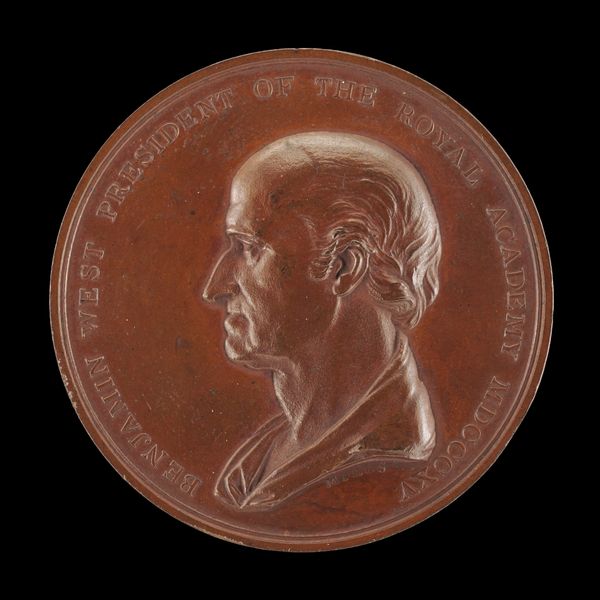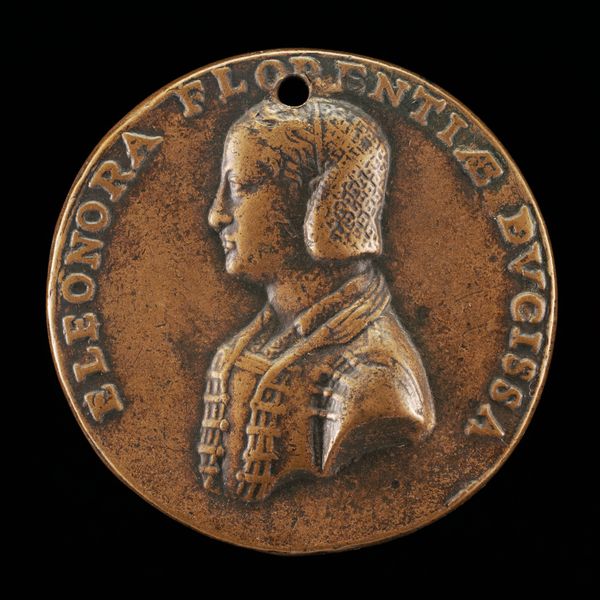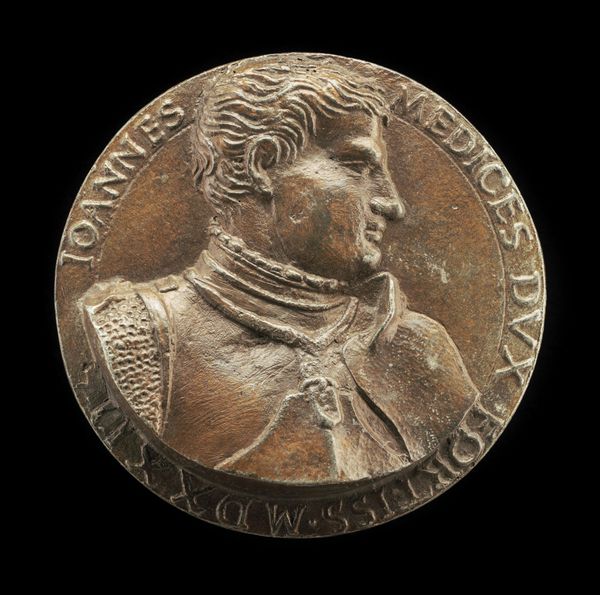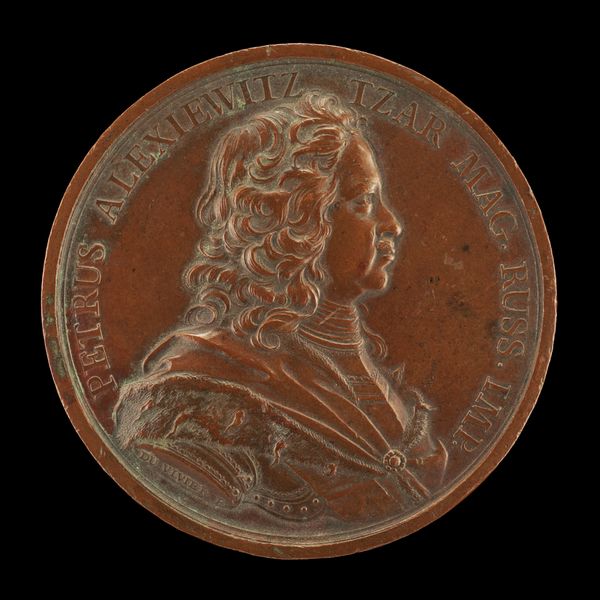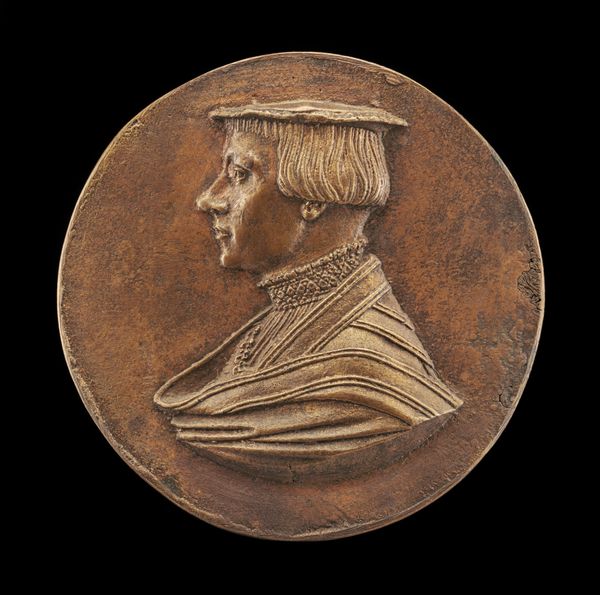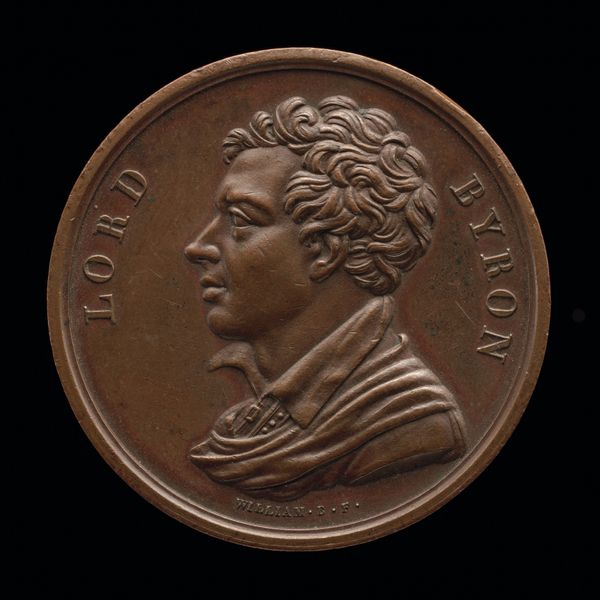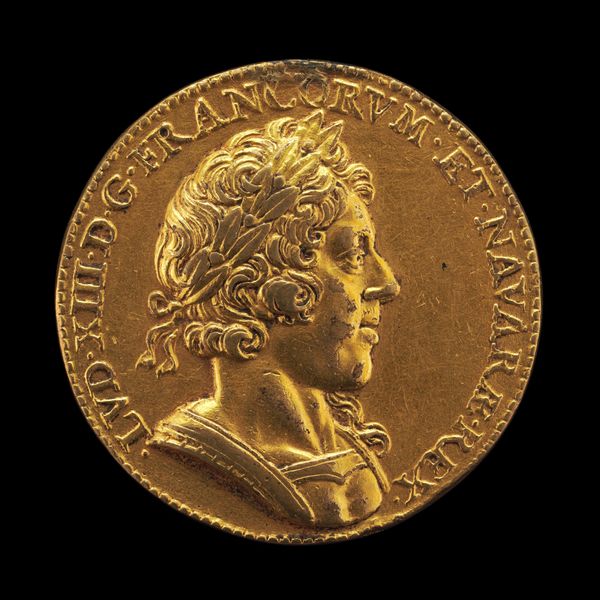![Aulus Caecina Alienus, General of Vitelius A.D. 68 [obverse] by Camillo Mariani](/_next/image?url=https%3A%2F%2Fd2w8kbdekdi1gv.cloudfront.net%2FeyJidWNrZXQiOiAiYXJ0ZXJhLWltYWdlcy1idWNrZXQiLCAia2V5IjogImFydHdvcmtzLzhiZDQ0Y2E0LTNlOWEtNDBkMi04M2YyLTQ2NjhjOTMxMTRhNS84YmQ0NGNhNC0zZTlhLTQwZDItODNmMi00NjY4YzkzMTE0YTVfZnVsbC5qcGciLCAiZWRpdHMiOiB7InJlc2l6ZSI6IHsid2lkdGgiOiAxOTIwLCAiaGVpZ2h0IjogMTkyMCwgImZpdCI6ICJpbnNpZGUifX19&w=3840&q=75)
Aulus Caecina Alienus, General of Vitelius A.D. 68 [obverse] after 1591
0:00
0:00
metal, bronze, sculpture
#
portrait
#
medal
#
metal
#
sculpture
#
bronze
#
sculpture
#
carved
#
italian-renaissance
#
statue
Dimensions: overall (diameter): 5.03 cm (2 in.) gross weight: 29.44 gr (0.065 lb.) axis: 12:00
Copyright: National Gallery of Art: CC0 1.0
Curator: Isn’t it funny how a little bronze circle can hold so much history, like a miniature time capsule? This is "Aulus Caecina Alienus, General of Vitelius A.D. 68," a medal crafted by Camillo Mariani after 1591. Editor: I am immediately drawn to the precision in the detail. The rendering of the hair is just incredible, but beyond the detail there’s an unsettling austerity about the portrait, something cold and almost mechanical about the repetition of forms within such rigid dimensions. Curator: Yes, Italian Renaissance medals have a way of distilling power and ambition into these pocket-sized pronouncements. The material is very much part of the message. Bronze, so sturdy and lasting, right? It shouts permanence and the subject’s intended legacy. What’s particularly remarkable is that this was made so long after Aulus Caecina Alienus lived, making it less a memorial and more an act of remembering—almost speculative. Editor: It’s certainly an intriguing question of function. To wear it, to own it—a symbol of identification? Who was consuming these objects, and for what purpose? Was it a way to access this historical legacy in a society of burgeoning industry, commerce, and consumption? Also, who decided that THIS Aulus Caecina deserved representation? What motivated Mariani's creative decisions? Curator: The market, darling! Noble families commissioning these to connect with what they perceived as the grandeur of the Roman past, Medici power-plays played out in miniature, like little souvenirs from the theater of history. Although that begs a question about access— bronze wasn’t cheap, right? Editor: It’s funny how these supposedly timeless works become so profoundly linked to the political and economic realities of their creation. These aren't "neutral" likenesses rendered in an unassuming material; rather, objects that embody and reveal power structures, shaped and colored by consumer appetite. Curator: I like that. They are shaped, formed. I do see them as attempts at something lasting, though, however touched by history. Editor: Absolutely, which makes it all the more critical to ask "lasting for whom and at what cost?" We need to appreciate the objecthood of this object, I think, its value as both a historical record and a commodity.
Comments
No comments
Be the first to comment and join the conversation on the ultimate creative platform.

